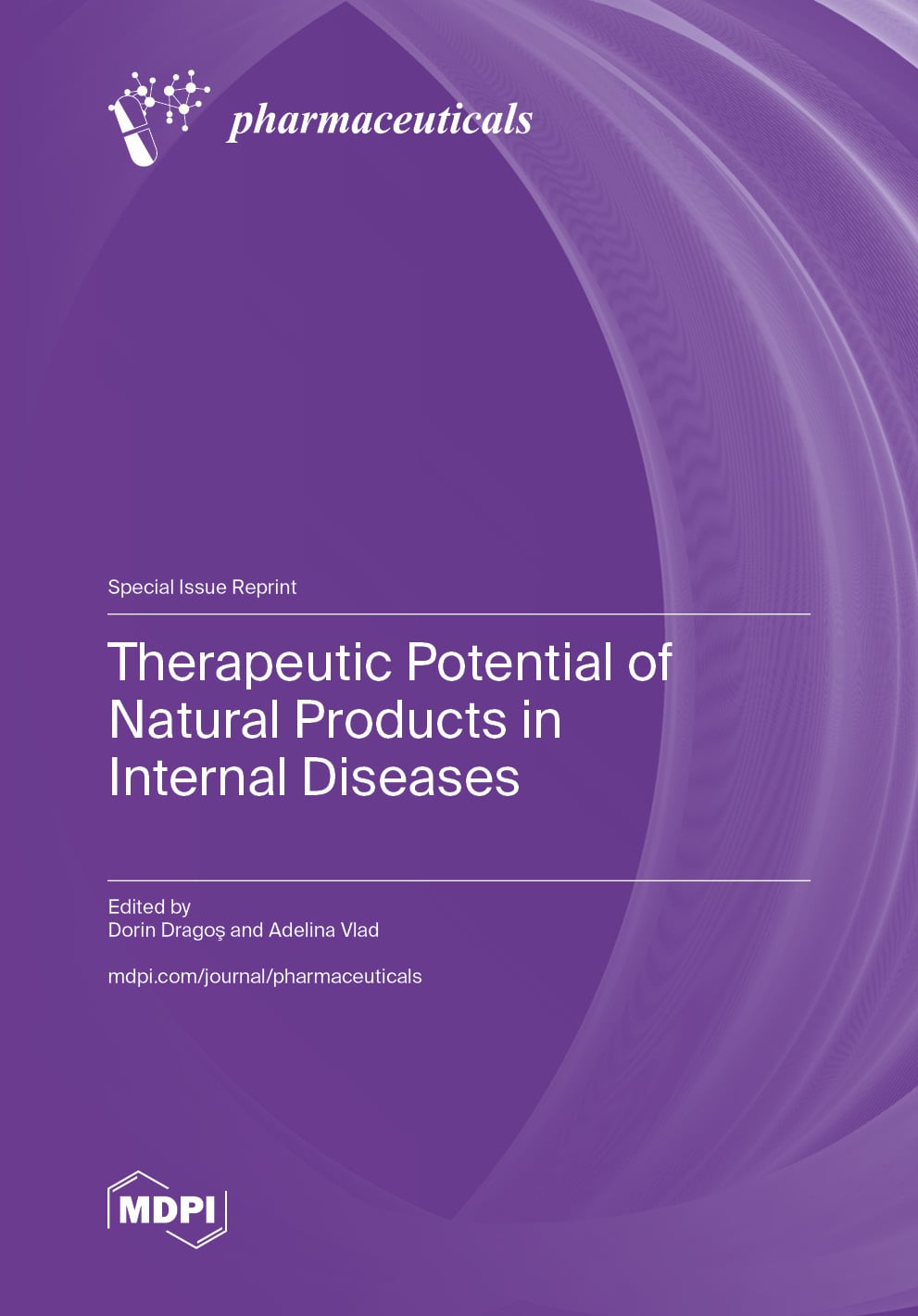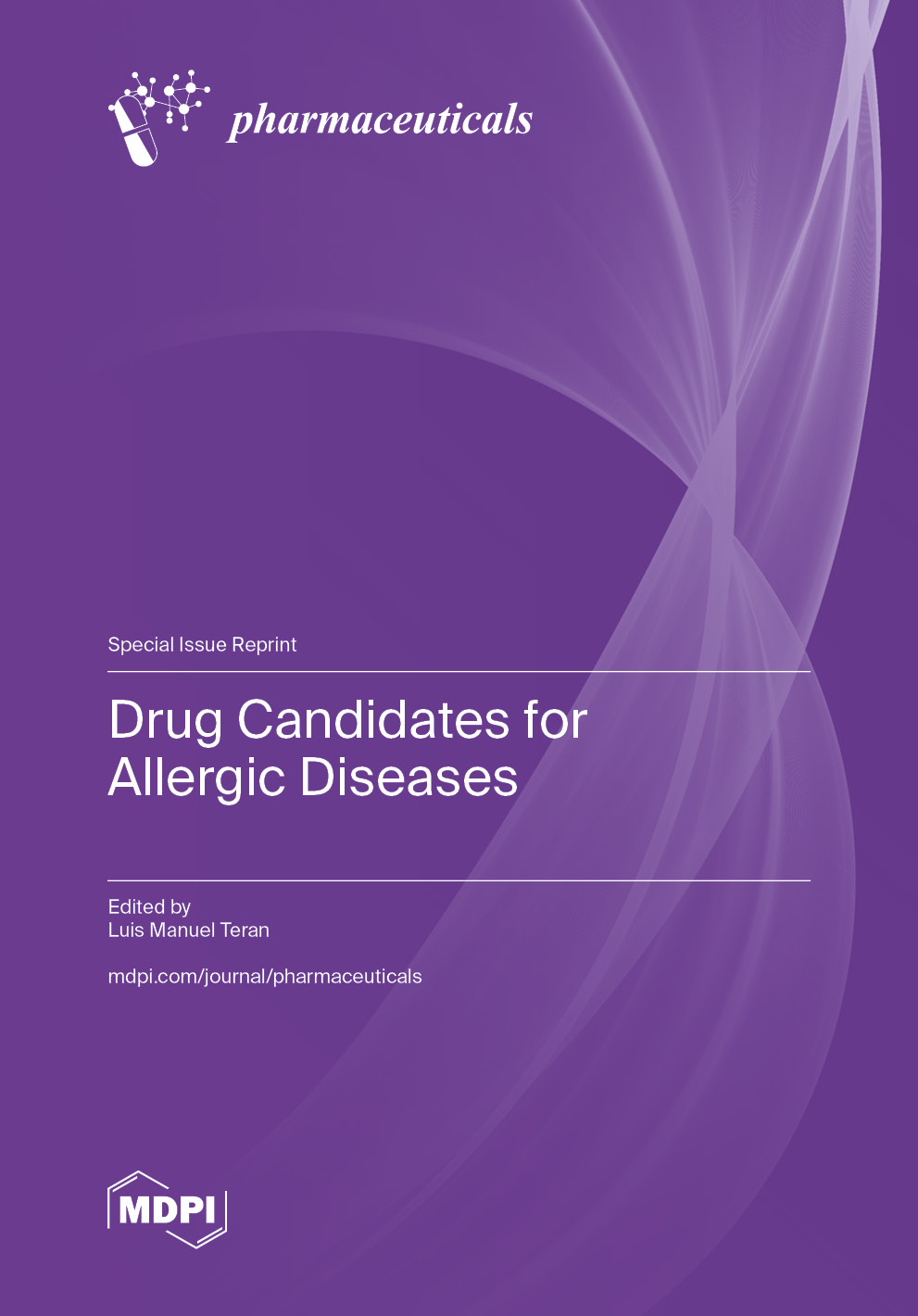- 4.8Impact Factor
- 7.7CiteScore
- 15 daysTime to First Decision
Pharmaceuticals
Pharmaceuticals is a peer-reviewed, open access journal of medicinal chemistry and related drug sciences, published monthly online by MDPI.
The Academy of Pharmaceutical Sciences (APS) is affiliated with Pharmaceuticals and its members receive discounts on the article processing charges.
Indexed in PubMed | Quartile Ranking JCR - Q1 (Pharmacology and Pharmacy | Chemistry, Medicinal)
All Articles
News & Conferences
Issues
Open for Submission
Editor's Choice
Reprints of Collections

Reprint
Therapeutic Potential of Natural Products in Internal Diseases
Editors: Dorin Dragoş, Adelina Vlad



